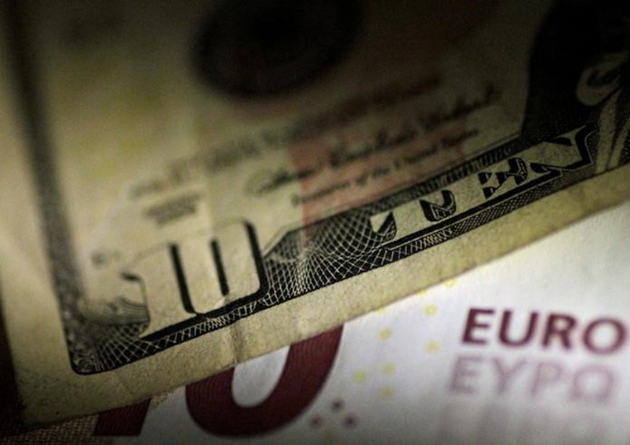Dollar Rises Ahead of Fed Meeting, Euro Declines

- rabeelrana
HG MARKETS:
The U.S. dollar strengthened slightly on Wednesday as traders showed caution ahead of the Federal Reserve’s upcoming policy decision, while the euro weakened in anticipation of the European Central Bank’s meeting on Thursday. The Dollar Index, which measures the greenback’s performance against six major currencies, rose by 0.2% to 107.850, though it remains slightly lower for the week overall.
The Federal Reserve is expected to maintain current interest rates, but traders are eager for any signals regarding future inflation and rate policies. ING analysts pointed out that the Fed would likely need to see significant economic downturns and lower inflation to consider cutting rates. Although job growth and wages are cooling, it may not be enough to prompt a rate cut, which markets anticipate won’t happen until June.
The dollar’s movement has been volatile since Donald Trump’s inauguration, mainly due to uncertainty over potential tariffs. Trump has proposed a 25% tariff on imports from Canada and Mexico starting February 1 and has also hinted at possible tariffs on goods from the European Union and China. ING suggests that if U.S. tech stocks remain stable and the Fed takes a cautious stance on easing, the dollar could hold its recent gains, especially given the rising risk of tariffs.
Meanwhile, the euro dipped 0.1% to 1.0423 against the dollar as Germany’s consumer confidence is expected to worsen in February, with households becoming more pessimistic about the economy. Data from Spain, however, showed its economy grew 3.2% in 2024, outperforming other eurozone nations.
The European Central Bank is likely to cut interest rates again on Thursday, marking the fifth such move this year. Analysts predict the euro will remain near its current level, with a greater chance of it falling below 1.040 rather than recovering above 1.050.
The British pound also edged down slightly, with GBP/USD falling 0.1% to 1.2432.
In Asia, USD/JPY dropped 0.2% as traders look ahead to inflation data from Tokyo later this week. The Australian dollar also weakened after domestic inflation fell to its lowest level in four years.
